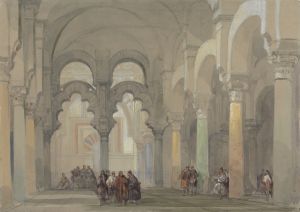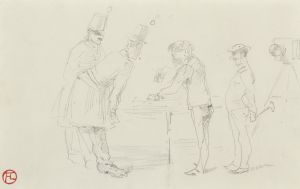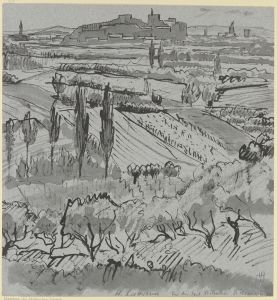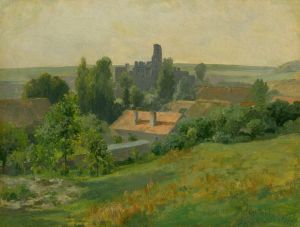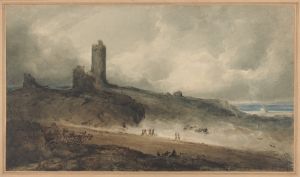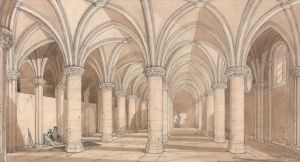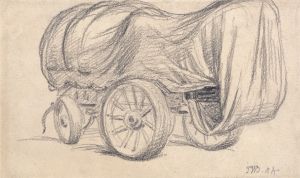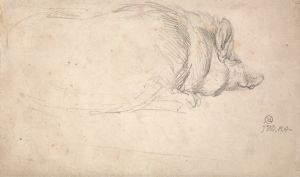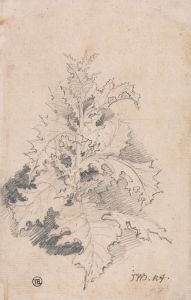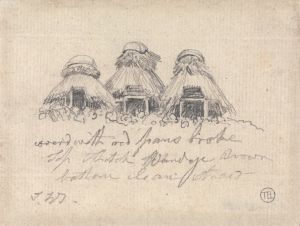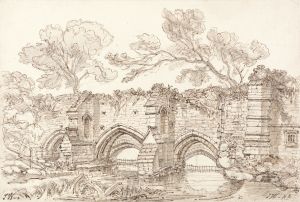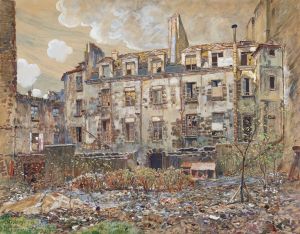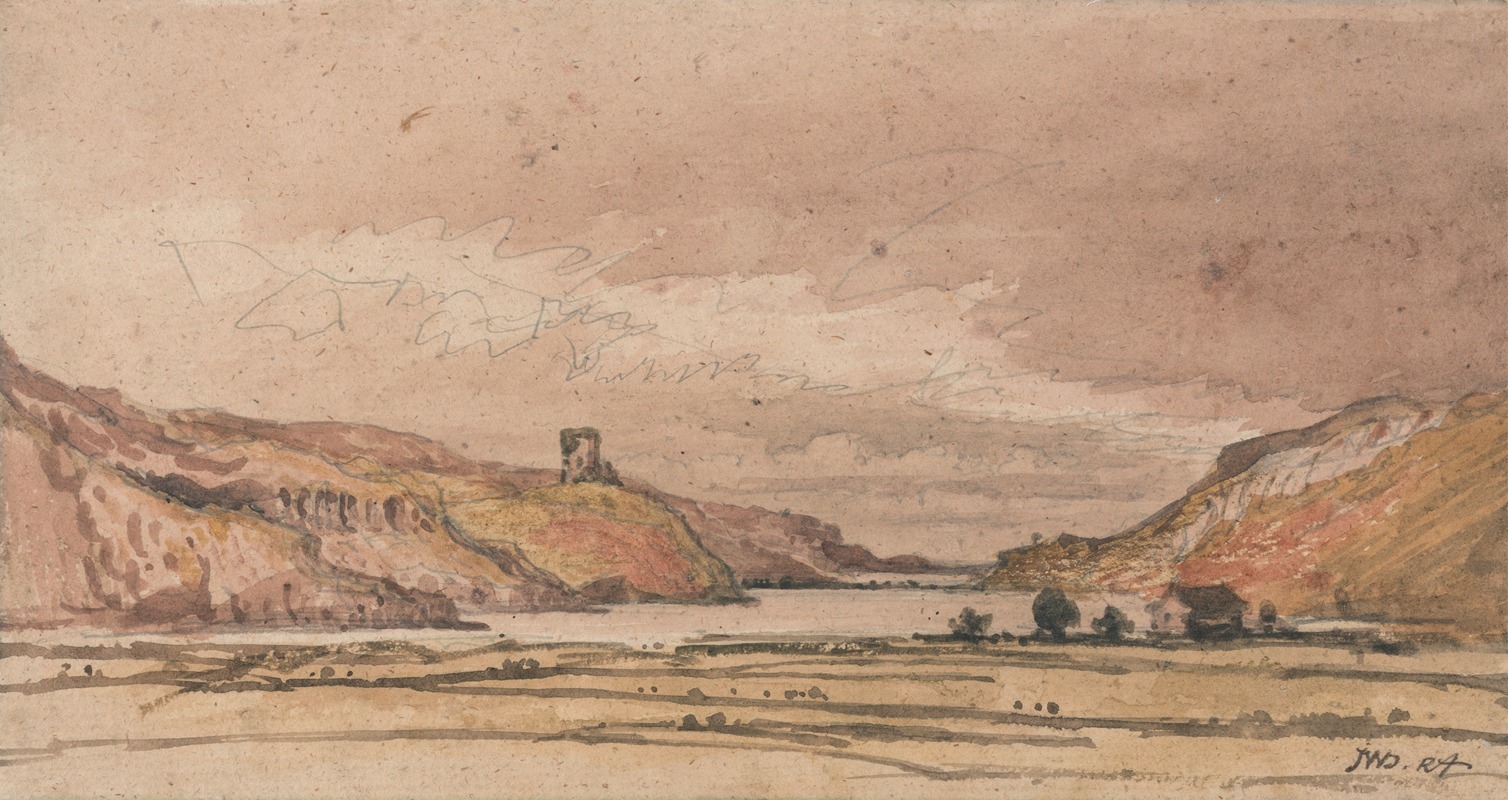
Dolbadarn Castle
A hand-painted replica of James Ward’s masterpiece Dolbadarn Castle, meticulously crafted by professional artists to capture the true essence of the original. Each piece is created with museum-quality canvas and rare mineral pigments, carefully painted by experienced artists with delicate brushstrokes and rich, layered colors to perfectly recreate the texture of the original artwork. Unlike machine-printed reproductions, this hand-painted version brings the painting to life, infused with the artist’s emotions and skill in every stroke. Whether for personal collection or home decoration, it instantly elevates the artistic atmosphere of any space.
"Dolbadarn Castle" is a painting by the British artist James Ward, created in 1800. The artwork depicts Dolbadarn Castle, a 13th-century Welsh fortress located near Llanberis in Gwynedd, North Wales. The castle, built by Llywelyn the Great, Prince of Gwynedd, holds historical significance as a symbol of Welsh independence during the medieval period.
James Ward, known for his landscapes and animal paintings, was a prominent figure in the British Romantic movement. His works often emphasized dramatic natural scenery and emotional intensity, characteristics that are evident in "Dolbadarn Castle." The painting captures the rugged beauty of the Welsh landscape, with the castle prominently positioned against a backdrop of mountains and a turbulent sky. Ward's use of light and shadow enhances the sense of drama, reflecting the Romantic era's fascination with nature's power and grandeur.
The painting is notable for its historical and artistic value, as it combines Ward's technical skill with a subject of cultural and historical importance. It serves as both a tribute to the natural beauty of Wales and a reminder of the region's rich history. Today, "Dolbadarn Castle" is recognized as an example of early 19th-century British landscape painting, showcasing Ward's ability to convey both the physical and emotional essence of his subjects.
No further detailed information about the painting's commission, current location, or reception at the time of its creation is readily available.





